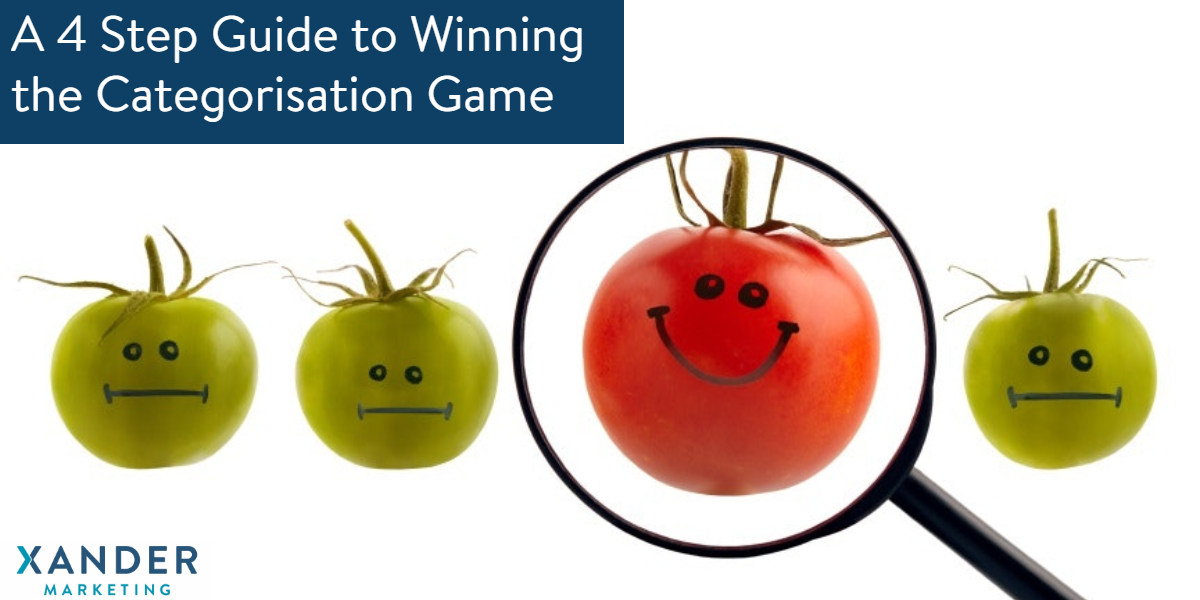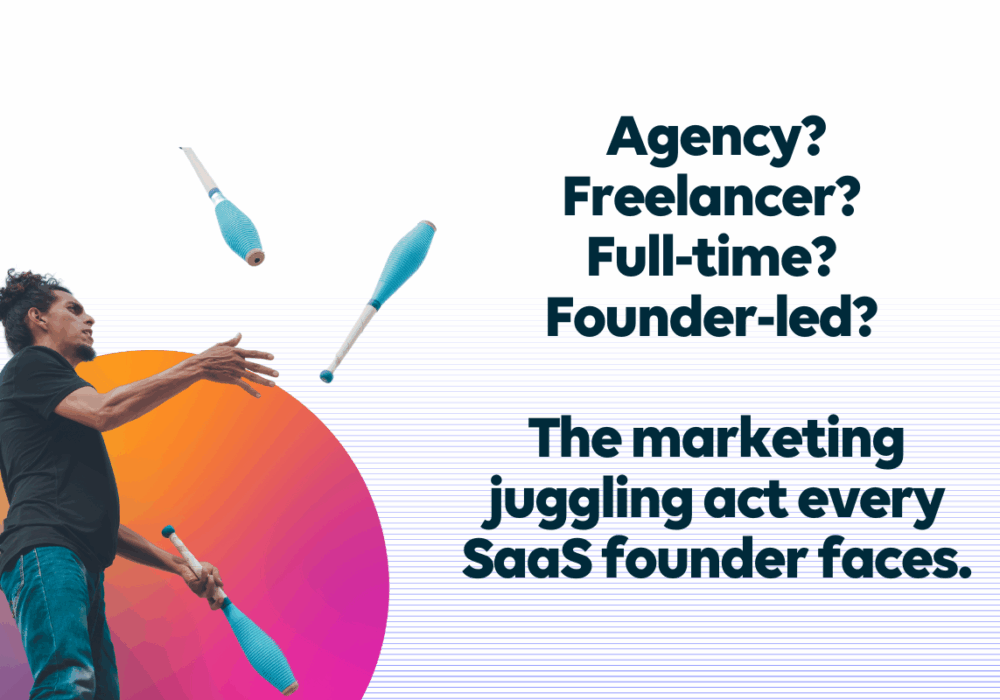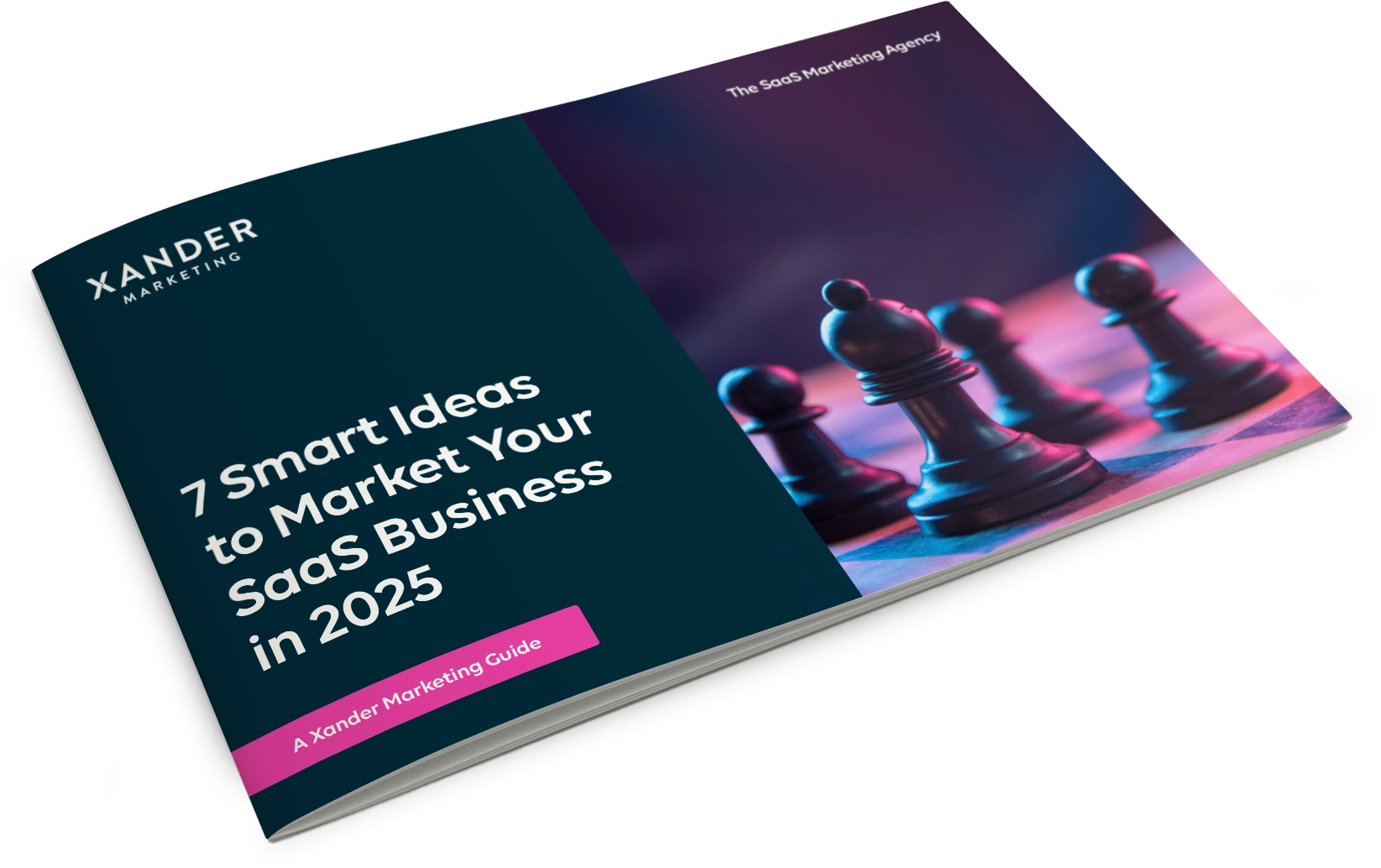A 4 Step Guide to Winning the Categorisation Game
2nd June 2020
Got a truly innovative SaaS product? Give yourself a better chance of paying off on the promise with a categorisation strategy.
The categorisation game
Some SaaS solutions move the benchmark in incremental steps. However, others are truly innovative and make great leaps forward. Sometimes these generate real value by solving multiple problems. But, this creates issues for marketing. Typically, companies tend to look for solutions to the actual problems they are experiencing.
Sometimes an app does something new, not seen before. For example, Salesforce was the first to put SaaS CRM in the cloud, and therefore it represents the origin of the species. Some apps don’t necessarily do anything new; some innovate in the way they communicate and position themselves. Consider Conversational Marketing, as expounded by Drift.
When your app solves multiple problems, how can you be sure that you engage potential prospects with the problem they are trying to address, rather than another one that they may not even know they have?
In all these cases, effective marketing may often face a challenge in helping prospects to become oriented with the product. You have to find another way to get into their heads and lead them to think about their problem in a different way.
One answer is categorisation. But what is it?
What is a category?
Category definition and the process of categorisation is used to identify and organise product types. This allows them to be grouped, referenced and indexed easily, and competing products, or those intended for similar purposes, can be more easily compared.
The concept of categorisation is something of a pre-occupation for the tech industry in general and SaaS in particular. Technology advisory firms are highly influential, setting the tone through using categorisation as the basis for generating market intelligence that outlines specific segments of the IT services and software industry.
Is a category for you?
Of course, many SaaS products fit quite readily into the existing classification system. And if we are honest, the ones that are truly innovative are the exception rather than the rule.
So, coming up with a brand-new category many not be right for every SaaS company. Whether it is or it isn’t, it is an approach from which every SaaS leader can take something away.
Here’s a short 4 step guide to executing a successful category creation strategy.
1. Work out what it is
Many will have had some experience of naming. Whether it’s new-born children or companies, it can be difficult and rewarding! However, it can be an exceptional challenge, especially if we want to identify as a domain name that isn’t already taken.
Defining, describing and naming SaaS product categories needs to chime in a number of ways.
The name needs to be memorable, sufficiently differentiated from existing categories. Importantly, it should avoid stimulating negative connotations. For example, including the word ‘enterprise’ in your category name might say to companies of other sizes that it is not right for them. So, think it through carefully.
2. Adopt it company-wide
There can be no-half measures when it comes to adopting it. Quite simply, your entire business needs to be organised around it. Everyone needs to understand where the categorisation fits in to the company ethos.
Whether it is in the elevator pitch or the investors presentation, it needs to be embedded in your brand language. Quite simply, if your company doesn’t believe in it, how are you going to get the buy-in of customers or convince the industry?
3. Get the message out
You have got to make it a mantra and get it out there at every opportunity. It’s yours, you own it, now make it synonymous with your company and your brand. This is about interweaving the category into all external communication and making it stick in people’s heads.
It needs a considerable effort and of course budget to do it properly. PR, content and campaigning all requires good creative and marketing to execute effectively.
4. Hijack the conversation
Overcoming the marketing issue is perhaps the most difficult part of executing a successful categorisation strategy. How do you engage customers with a solution for a problem they don’t know they have?
One way to do this is to overturn the way people may have traditionally thought about it. Once upon a time, vacuum cleaners needed proprietary bags, providing a nice consumable revenue for the manufacturers. The bagless, high-efficiency designs that now dominate the market are an example of solving a problem most had never thought was ever there.
Hijacking the conversation by shining new light on the problem helps potential prospects to ditch the way they think and consider alternative approaches.
Explaining your category might help to uncover latent problems that may be related to the one they want to solve. This opens the door, making them receptive to your SaaS product.
Get help with category creation from Xander Marketing
Xander Marketing has helped over 200 B2B SaaS businesses succeed in achieving their business objectives with high quality strategic and tactical marketing expertise. Get started with better marketing today.






